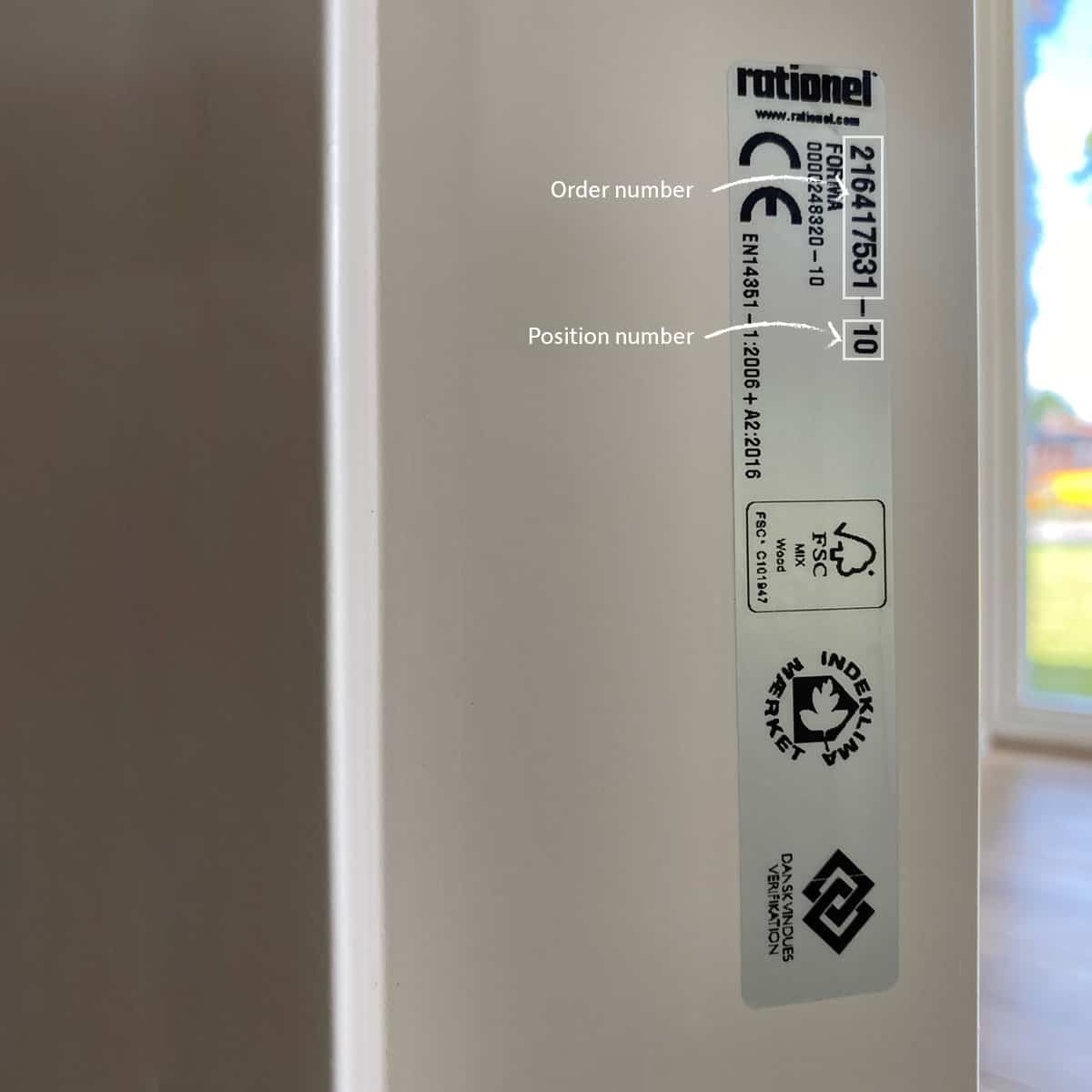An Environmental Product Declaration, or EPD, is a document which transparently communicates the environmental impact of any product or material over its lifetime.
Within the construction industry, EPDs support carbon emission reduction by making it possible for architects and specifiers to compare the impacts of different materials and products in order to select the most sustainable option. An EPD is voluntary declaration and at Rationel we value transparency in everything we do. That’s why we have generated our product specific EPDs, that takes in consideration a Rationel top-guided window with reference dimensions of 1230x1480mm. The report provides information about its impact on the environment, such as global warming potential, smog creation, ozone depletion and water pollution.
What is an EPD?
EPD is an abbreviation for Environmental Product Declaration.and reports objective, comparable and third-party verified data about products and services’ environmental performance, supporting scientifically based choices and consideration as clients demand compliance with certification schemes such as BREEAM and LEED.
How can you compare EPDs?
Product Category Rules (PCRs). PCRs are the product category-specific requirements for conducting life cycle assessment (LCA) studies and reporting their findings through Environmental Product Declarations (EPD). The content you’ll find in an EPD varies depending on the product category, but within a category – thanks to the PCRs -, the set-up of an EPD will always be the same. This makes it easy to compare similar products, understand the environmental impact they have and make a conscious choice
What is LCA?
Where the EPD is the final report, the foundation of any EPD is a lifecycle assessment (LCA). This LCA allows you to evaluate your product’s environmental performance over its entire life-cycle. It typically takes into consideration a product’s whole value chain, from material extraction through to manufactured product, its usage stage and end of life.
Are all the EPDs equal?
There are 3 different types of EPDs:
- Sector or Industry Average EPD – A Sector EPD is developed by an industry association and declares the average product of multiple companies in a clearly defined sector and/or geographical area;
- Group EPD : Similar products made by the same manufacturer can be included in a Group EPD.
- Single-company, product-specific EPD : The single-company, product-specific EPD is the most common type of EPD. It’s based on a valid PCR and describing the life cycle environmental impact of one product – from one single manufacturer, making it much easier for architects and specifier to achieve accurate calculations of the environmental impact of their projects.


